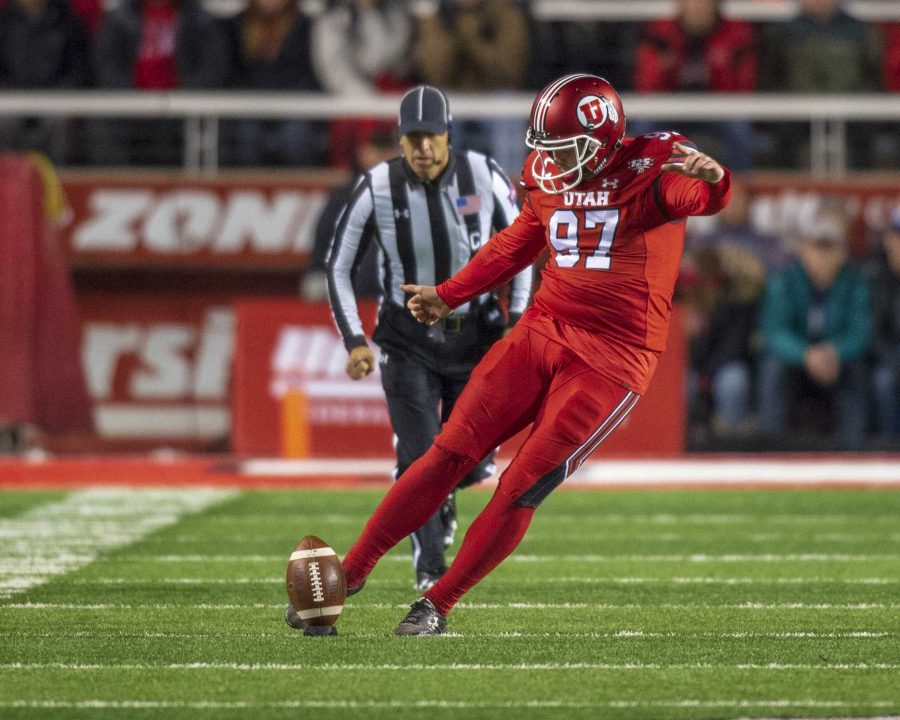Does anyone ever talk about what sports sound like?
Sounds in sports are beautiful. In a way, they provide a crucial basis for the enjoyment of the game. Because we can’t touch or taste the sport (at least, hopefully not), we rely on a very limited range of senses to take in everything that sports offer.
Sure, sports are visually beautiful. You see the ball leave the park, you see the receiver make that diving-one-handed-behind-the-back-eyes-closed catch into the endzone, you see the perennial scorer deke his way past three defenders and rip a shot on goal that the goalie doesn’t even see, but does anyone ever talk about how that sounds?
My favorite sound in sports, by far, is the crossbar. In hockey, the goal is bordered by a bright red, metal bar. Usually, when that beautiful “PING!” sound rattles throughout a stadium, it’s off the top of that bar — called the “crossbar”— and occasionally off the sides as well — the “posts.” Because of the way hockey is played and how goalies constantly are working on improving their game, players have to aim for the tightest of spots, usually just above the goalie’s shoulders or in the space between the arm and the leg pads, called the “seven hole.” Because of this phenomenon, posts are being hit more and more, and nobody’s complaining about that.
One of the more vivid memories I have of a game was because of that noise. It was May 25, 2014, and the New York Rangers were looking to take a 3-1 series lead in the Eastern Conference Final against the Montreal Canadiens. The game was in the final minute of overtime. Martin St. Louis, a Ranger forward, gets the puck off a steal near the blue line, carries it in on Canadiens’ goalie, Carey Price. He waits, waits, waits and then he rifles a shot above Price’s shoulder, pinging off the crossbar and flying into the goal, followed by an eruption in Madison Square Garden.
That moment. Those sounds. The crossbar and the eruption of the crowd.
Broadcasting companies know the impact of sound, too, and they’ve capitalized on it. Fields in many sports are so heavily wired with microphones that it’s almost better to watch the games from your TV than to make the venture to the stadium. More and more technology is being put into bringing the sounds of the game into the living room. “Field Effects” is the term used in audio mixing jargon to describe the on-field sounds, and if I could have that audio feed on loop, I would. These sounds are generated through field-level mics placed at certain positions around each particular field, and the positioning on some of these microphones is insane. On football fields, there are dozens of parabolic microphones stationed at key points on the field — the first down marker, the endzone, the line of scrimmage, all in the name of catching every sound that’s made on the field. Even the referees are in on the sound-grabbing game. The head referee in an NFL game, usually positioned a few yards behind the quarterback, has a microphone in his uniform with the intent of catching the quarterback’s signal calling, as well as the sound of the linemen coming together.
This level of intricacy with microphoning fields of play is as interesting for other sports as it is for football. In most hockey rinks, small parabolic microphones are placed in key positions on the glass barrier surrounding the rink to catch heavily populated areas of the rink — the corners, the bench, the nets — all in the name of providing viewers with the sounds of the game.
All of these sounds — the post, the linemen, the bat and ball — have their own power and ability to invoke emotion, but we forget to mention what could be the most powerful entity in sports: the crowd. The crowd is the manifestation of mob mentality that brings the emotion of sports out of the fans who watch it. It’s an experience shared across every activity that is watched by other people, but when other people lose their minds at the game-winning score, something in your brain tells you to cheer too. The joy is shared, and it’s the sounds of the games we love that bring those emotions together.











